Filter by
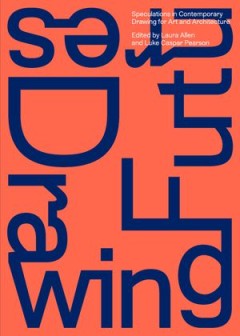
Drawing Futures
Drawing Futures brings together international designers and artists for speculations in contemporary drawing for art and architecture. Despite numerous developments in technological manufacture and computational design that provide new grounds for designers, the act of drawing still plays a central role as a vehicle for speculation. There is a rich and long history of drawing tied to innovation…
- Edition
- -
- ISBN/ISSN
- 9781911307266
- Collation
- -
- Series Title
- -
- Call Number
- 720
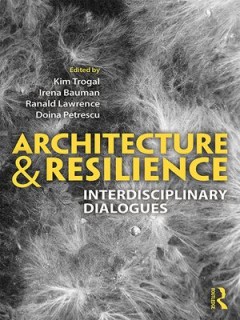
Architecture and Fire
rchitecture and Fire develops a conceptual reassessment of architectural conservation through the study of the intimate relationship between architecture and fire. Stamatis Zografos expands on the general agreement among many theorists that the primitive hut was erected around fire – locating fire as the first memory of architecture, at the very beginning of architectural evolution. Following…
- Edition
- -
- ISBN/ISSN
- 9781787353701
- Collation
- -
- Series Title
- -
- Call Number
- 720
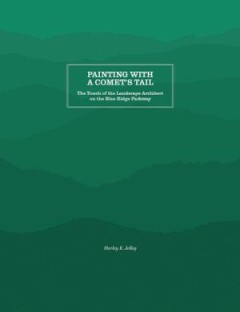
Painting with a Comet's Tail :The Touch of the Landscape Architect on the Blu…
Harley E. Jolley explores the Blue Ridge Parkway through the history of its landscape architecture. As Roger Martin states in the introduction, "The design and construction of the Blue Ridge Parkway is an illustration of the kind of quality possible in an enlightened democracy. It is the true example of how a society can properly care for its land and its people."
- Edition
- -
- ISBN/ISSN
- 9781469642185
- Collation
- -
- Series Title
- -
- Call Number
- 720
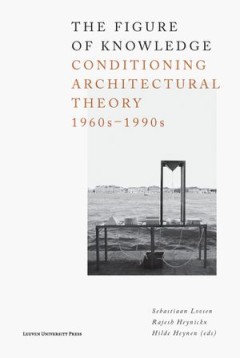
The Figure of Knowledge" Conditioning Architectural Theory, 1960s - 1990s
Critical historiography of architectural theory It is a major challenge to write the history of post-WWII architectural theory without boiling it down to a few defining paradigms. An impressive anthologising effort during the 1990s charted architectural theory mostly via the various theoretical frameworks employed, such as critical theory, critical regionalism, deconstructivism, and pragmati…
- Edition
- -
- ISBN/ISSN
- 9789461663221
- Collation
- -
- Series Title
- -
- Call Number
- -

Brokers of Modernity
The story of modernist architects in East Central Europe. The first half of the twentieth century witnessed the rise of modernist architects. Brokers of Modernity reveals how East Central Europe turned into one of the pre-eminent testing grounds of the new belief system of modernism. By combining the internationalism of the CIAM organization and the modernising aspirations of the new states bui…
- Edition
- -
- ISBN/ISSN
- 9789461662545
- Collation
- -
- Series Title
- -
- Call Number
- 720

Massive Codesign
"This book focuses on ""massive codesign"": the idea that multiple and/or numerous participants having different voices collaborate in a design process broken down into different steps and formats and resulting in a relevant and diversified amount of data. Services, strategies and scenarios are presented as the main field of application: these are complex items that demand complex processes be …
- Edition
- -
- ISBN/ISSN
- 9788891767912
- Collation
- -
- Series Title
- -
- Call Number
- 720
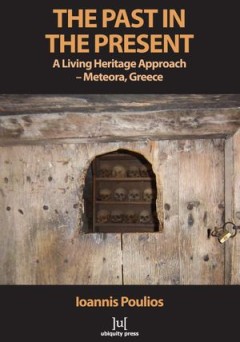
The Past in the Present A Living Heritage Approach - Meteora, Greece
The Past in the Present deals with the complexities in the operation and management of living heritage sites. It presents a new interpretation of such sites based on the concept of continuity, and its evolution to the present. It is demonstrated that the current theoretical framework and practice of conservation, as best epitomised in a values-based approach and the World Heritage concept, is b…
- Edition
- -
- ISBN/ISSN
- 9781909188280
- Collation
- -
- Series Title
- -
- Call Number
- 72-0

Imagining the Future City: London 2062
London is one of the world’s leading cities. It is home to an extraordinary concentration and diversity of people, industries, politics, religions and ideas, and plays an important role in our highly globalised and tightly networked modern world. What does the future hold for London? Investigating any aspect of the city’s future reveals a complex picture of interrelations and dependencies. …
- Edition
- -
- ISBN/ISSN
- 9781909188198
- Collation
- -
- Series Title
- -
- Call Number
- 720

Historic architecture in the Caribbean Islands
The books in the Florida and the Caribbean Open Books Series demonstrate the University Press of Florida’s long history of publishing Latin American and Caribbean studies titles that connect in and through Florida, highlighting the connections between the Sunshine State and its neighboring islands. Books in this series show how early explorers found and settled Florida and the Caribbean. They…
- Edition
- -
- ISBN/ISSN
- 9781947372238
- Collation
- -
- Series Title
- -
- Call Number
- 720

Prison, Architecture and Humans
"What is prison architecture and how can it be studied? How are concepts such as humanism, dignity and solidarity translated into prison architecture? What kind of ideologies and ideas are expressed in various prison buildings from different eras and locations? What is the outside and the inside of a prison, and what is the significance of movement within the prison space? What does a lunch tab…
- Edition
- -
- ISBN/ISSN
- 9788202529673
- Collation
- -
- Series Title
- -
- Call Number
- 720
 Computer Science, Information & General Works
Computer Science, Information & General Works  Philosophy & Psychology
Philosophy & Psychology  Religion
Religion  Social Sciences
Social Sciences  Language
Language  Pure Science
Pure Science  Applied Sciences
Applied Sciences  Art & Recreation
Art & Recreation  Literature
Literature  History & Geography
History & Geography